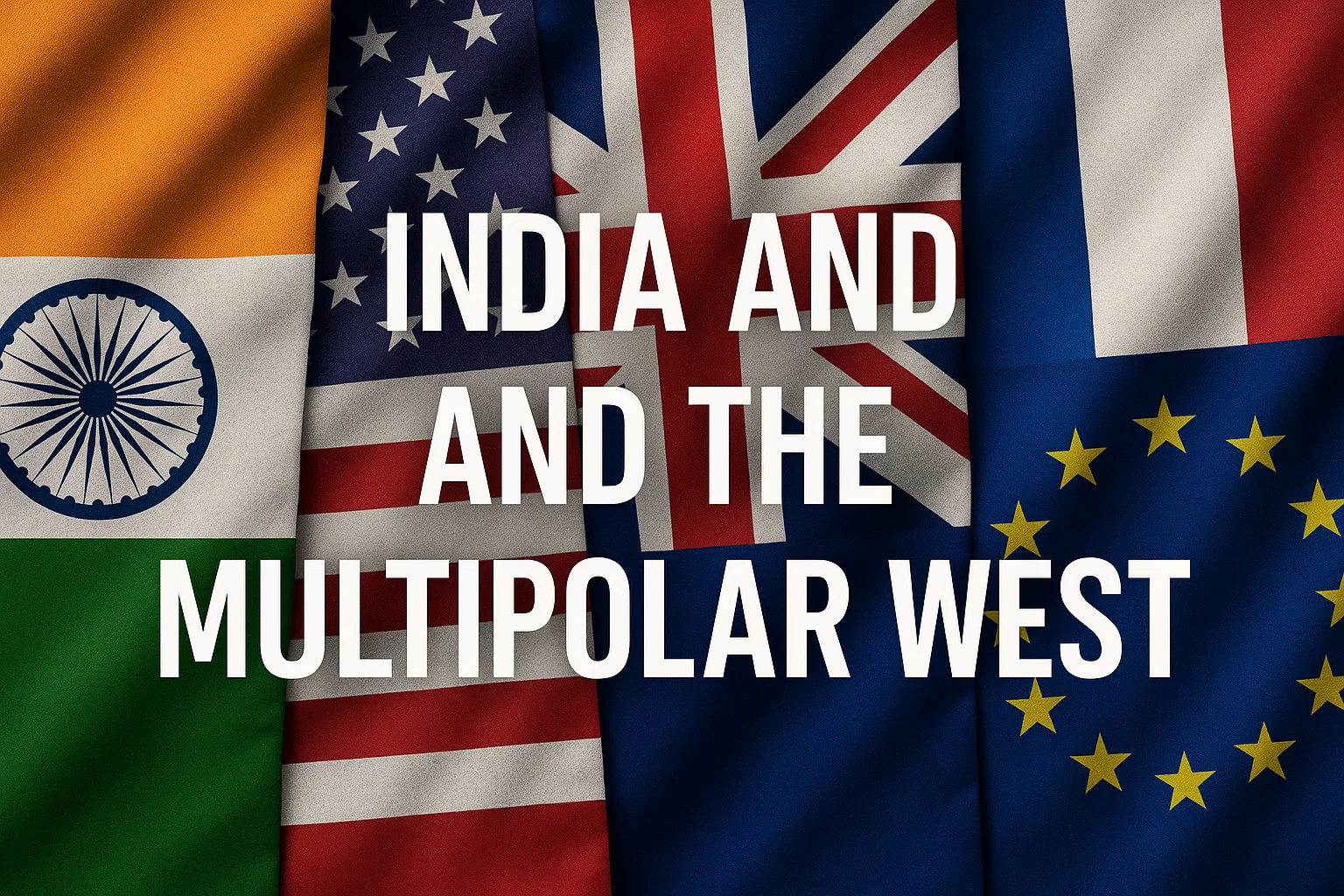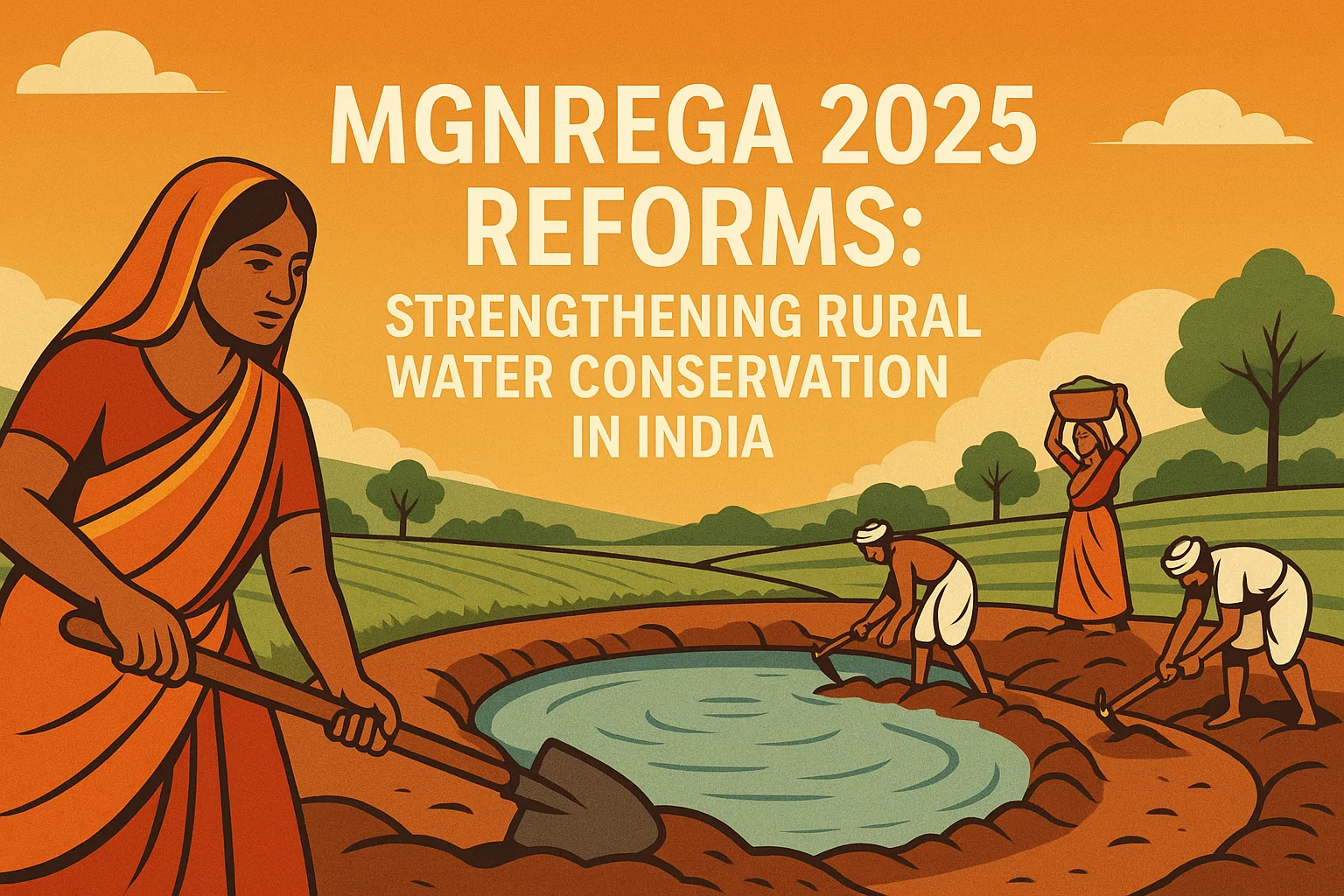Font size:
Print
UK-India Free Trade Agreement (FTA)
Context:
On May 6, 2025, India and the United Kingdom signed a landmark Free Trade Agreement (FTA), concluding nearly three years of negotiations.
More on News
- This milestone pact between the world’s fifth and sixth-largest economies is being hailed as a pivotal moment in the evolving global trade landscape, particularly in the backdrop of recent tariff turbulence led by the United States.
What Is the UK-India Free Trade Agreement?
- A Free Trade Agreement (FTA) is a pact between two or more countries that reduces or eliminates trade barriers such as customs duties, tariffs, and non-tariff regulations, aiming to boost cross-border trade and investment.
- According to India’s Ministry of Commerce, FTAs can cover both goods and services, and help streamline regulations for mutual economic benefit.
- The UK’s Department of International Trade adds that FTAs also enhance consumer choice and affordability by improving market access.
Major Highlights of the UK-India Trade Deal
- Trade Boost and Economic Impact: The agreement is expected to boost bilateral trade by £25.5 billion annually by 2040, according to UK government projections.
- In 2024, the total trade between the two nations stood at £42.6 billion, with UK exports to India at £17.1 billion and imports from India at £25.5 billion.
- Notably, the UK considers this the most significant bilateral trade deal it has signed since its exit from the European Union (Brexit).
- Key Sectors to Benefit: The FTA brings major tariff reductions across a range of sectors:
- Alcoholic beverages: Tariffs on Scotch whisky and gin will be slashed from 150% to 75% initially, and gradually brought down to 40% over 10 years, providing a big boost to British liquor exporters in the world’s largest whisky market.
- Automobiles: India will reduce automotive import tariffs to 10% under a quota, down from over 100%, helping UK car manufacturers access the Indian market more competitively.
- Others: Other goods to enjoy lower tariffs include cosmetics, aerospace components, lamb, medical devices, salmon, electrical machinery, chocolate, soft drinks, and biscuits.
- Services and Skilled Worker Visas: India had long pushed for increased work permits for Indian professionals, especially in the IT and healthcare sectors.
- While immigration remains a sensitive issue post-Brexit, the FTA now includes around 100 new annual visas for Indian service-sector workers under a special quota.
Challenges and Sticking Points in the Negotiations
- Immigration and Labor Mobility: One of the most contentious issues was labour mobility.
- India initially demanded larger quotas for skilled professionals, but the final agreement offers a limited number of visas, with the UK maintaining its tight immigration stance following Brexit.
- Carbon Border Tax Concerns: Another sticking point was the UK’s proposed carbon border tax on metal imports, which India argued would unfairly impact its exporters.
- While the exact resolution details remain undisclosed, negotiators reportedly found common ground on carbon-related standards.
- Services Trade Limitations: A report from the Global Trade Research Initiative (GTRI) noted that India may not see substantial tariff gains under the deal, as many of its goods already enjoy low or zero-duty access to the UK market.
- Instead, services trade and skilled worker mobility were more crucial issues for India.
Strategic Importance of the UK-India FTA
- A Post-Brexit Necessity for the UK: The FTA helps the UK diversify trade ties in a post-Brexit world, where access to the EU Single Market is restricted.
- India’s vast and growing consumer base offers an important alternative for British exporters.
- A Strategic Pivot for India: India has pursued selective bilateral trade deals since it opted out of the Regional Comprehensive Economic Partnership (RCEP) in 2019, citing concerns over Chinese economic dominance.
- Partnering with the UK enhances India’s role in a diversified, multipolar trade order.
- A Hedge Against Global Trade Uncertainty: The deal also comes at a time when the global trade system remains volatile, particularly with the United States recently imposing 10% blanket tariffs on imports.
- Although paused temporarily, these actions have led countries to seek more secure, diversified trade partnerships.


